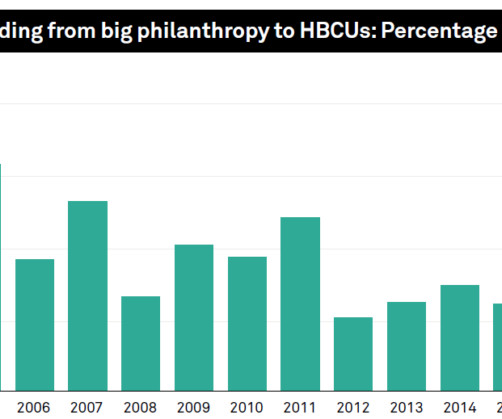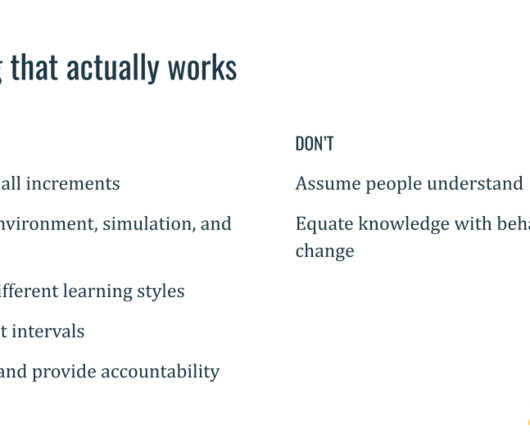5 things to know about philanthropy to HBCUs
Candid
MAY 9, 2023
HBCUs have long played a pivotal role in the United States. Little has been known about how philanthropy has—or hasn’t—supported them, until now. Big philanthropy’s support of HBCUs declined from 2002 to 2019 An examination of trends in philanthropic giving to HBCUs underscores a history of underfunding. In fact, large U.S.












Let's personalize your content